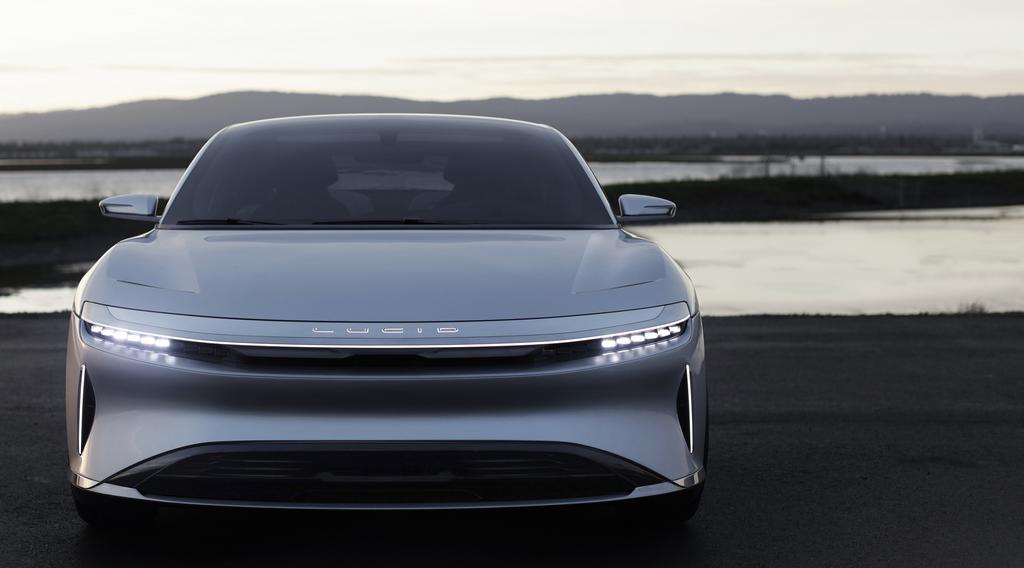
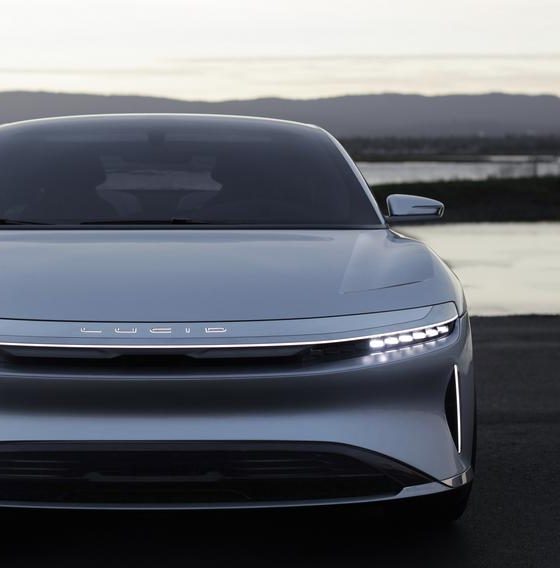
News
Land for Lucid Motors Arizona factory will reportedly be paid by tax payers
Officials in Pinal County, Arizona are considering ways to raise the money needed to purchase 500 acres of land near the city of Casa Grande where Lucid Motors intends to build its $700 million electric car factory. The proposed manufacturing facility was the subject of a high profile press event earlier this month that featured Arizona governor Doug Ducey. All parties acknowledge Ducey was a key player in landing the project for the state of Arizona.
There is only one problem with the deal — the taxpayers of Arizona are expected to pay for the purchase of the land and contribute a significant amount of money to help it get the factory built and operational. When and if everything goes as planned, the factory is expected to create 2,000 jobs in an area where many are unemployed or underemployed.
The land itself will cost $31.8 million, Financing the purchase over 30 years will add another $41.6 million, but Pinal County spokesperson Joe Pyritz says the plan is to lease the land after is is purchased (presumably to Lucid Motors, although the county is not allowed to say so for the record) and then sell it at the end of 5 years. That arrangement would cap the total cost of the deal at $35 million. The sale price is expected to equal the total outlay made by the county for principal and interest.
However, first someone has to actually buy the land. County supervisors will meet in January to consider how to do that. The leading proposal is to finance the purchase by raising property taxes or imposing a countywide sales tax surcharge. Pyritz says if the supervisors decide on a tax increase, the new tax would only cover the land deal and would end once the tax funding reimburses the county for the purchase cost.
Lucid will get other sweeteners to bring its business to Pinal County. The project involves what the Phoenix New Times calls “a significant amount of corporate welfare.” Lucid Motors will be eligible for up to $46.5 million in various subsidies offered by the state through the Arizona Commerce Authority over the next five years. Those subsidies will be coupled with certain performance targets.
The subsidies include:
- $5 million in grant money over five years, dependent on meeting specified job-creation and capital-investment milestones.
- $1.5 million in grant money for job training. The company would pay for the cost of training employees and the state would reimburse 75 percent of the cost over two years.
- $40 million in refundable tax credits under the Qualified Facility Tax Credit Program the legislature created in 2012.
Susan Marie, spokeswoman for the Arizona Commerce Authority is quick to point out that the total amount is far less than the $335 million in tax credits promised to Faraday Future or the $1.3 billion in similar credits promised to Tesla Motors by the state of Nevada.
Lucid revealed its 1,000 horsepower proposed production car — the Lucid Air — last week. The 4 door sedan is said to have up to a 135 kWh battery capacity and capable of driving 400 miles per single charge. The result is something that tops Tesla’s flagship Model S P100D and by a considerable margin. Does that mean Lucid will win customers away from Tesla?
That’s unlikely. Granted that Lucid may have an edge in some areas, it lacks a charging infrastructure. Without something comparable to Tesla’s Supercharger network while having no brand recognition, peeling customers away from Tesla will be a lot harder than just offering a larger battery. But first, Lucid needs to build a factory. That first step is far from guaranteed despite lofty promises form the company.

News
Tesla earns top honors at MotorTrend’s SDV Innovator Awards
MotorTrend’s SDV Awards were presented during CES 2026 in Las Vegas.

Tesla emerged as one of the most recognized automakers at MotorTrend’s 2026 Software-Defined Vehicle (SDV) Innovator Awards.
As could be seen in a press release from the publication, two key Tesla employees were honored for their work on AI, autonomy, and vehicle software. MotorTrend’s SDV Awards were presented during CES 2026 in Las Vegas.
Tesla leaders and engineers recognized
The fourth annual SDV Innovator Awards celebrate pioneers and experts who are pushing the automotive industry deeper into software-driven development. Among the most notable honorees for this year was Ashok Elluswamy, Tesla’s Vice President of AI Software, who received a Pioneer Award for his role in advancing artificial intelligence and autonomy across the company’s vehicle lineup.
Tesla also secured recognition in the Expert category, with Lawson Fulton, a staff Autopilot machine learning engineer, honored for his contributions to Tesla’s driver-assistance and autonomous systems.
Tesla’s software-first strategy
While automakers like General Motors, Ford, and Rivian also received recognition, Tesla’s multiple awards stood out given the company’s outsized role in popularizing software-defined vehicles over the past decade. From frequent OTA updates to its data-driven approach to autonomy, Tesla has consistently treated vehicles as evolving software platforms rather than static products.
This has made Tesla’s vehicles very unique in their respective sectors, as they are arguably the only cars that objectively get better over time. This is especially true for vehicles that are loaded with the company’s Full Self-Driving system, which are getting progressively more intelligent and autonomous over time. The majority of Tesla’s updates to its vehicles are free as well, which is very much appreciated by customers worldwide.
Elon Musk
Judge clears path for Elon Musk’s OpenAI lawsuit to go before a jury
The decision maintains Musk’s claims that OpenAI’s shift toward a for-profit structure violated early assurances made to him as a co-founder.

A U.S. judge has ruled that Elon Musk’s lawsuit accusing OpenAI of abandoning its founding nonprofit mission can proceed to a jury trial.
The decision maintains Musk’s claims that OpenAI’s shift toward a for-profit structure violated early assurances made to him as a co-founder. These claims are directly opposed by OpenAI.
Judge says disputed facts warrant a trial
At a hearing in Oakland, U.S. District Judge Yvonne Gonzalez Rogers stated that there was “plenty of evidence” suggesting that OpenAI leaders had promised that the organization’s original nonprofit structure would be maintained. She ruled that those disputed facts should be evaluated by a jury at a trial in March rather than decided by the court at this stage, as noted in a Reuters report.
Musk helped co-found OpenAI in 2015 but left the organization in 2018. In his lawsuit, he argued that he contributed roughly $38 million, or about 60% of OpenAI’s early funding, based on assurances that the company would remain a nonprofit dedicated to the public benefit. He is seeking unspecified monetary damages tied to what he describes as “ill-gotten gains.”
OpenAI, however, has repeatedly rejected Musk’s allegations. The company has stated that Musk’s claims were baseless and part of a pattern of harassment.
Rivalries and Microsoft ties
The case unfolds against the backdrop of intensifying competition in generative artificial intelligence. Musk now runs xAI, whose Grok chatbot competes directly with OpenAI’s flagship ChatGPT. OpenAI has argued that Musk is a frustrated commercial rival who is simply attempting to slow down a market leader.
The lawsuit also names Microsoft as a defendant, citing its multibillion-dollar partnerships with OpenAI. Microsoft has urged the court to dismiss the claims against it, arguing there is no evidence it aided or abetted any alleged misconduct. Lawyers for OpenAI have also pushed for the case to be thrown out, claiming that Musk failed to show sufficient factual basis for claims such as fraud and breach of contract.
Judge Gonzalez Rogers, however, declined to end the case at this stage, noting that a jury would also need to consider whether Musk filed the lawsuit within the applicable statute of limitations. Still, the dispute between Elon Musk and OpenAI is now headed for a high-profile jury trial in the coming months.
News
Tesla Giga Shanghai celebrates 5 million electric drive unit milestone
The milestone was celebrated by the company in a post on its official Weibo account.
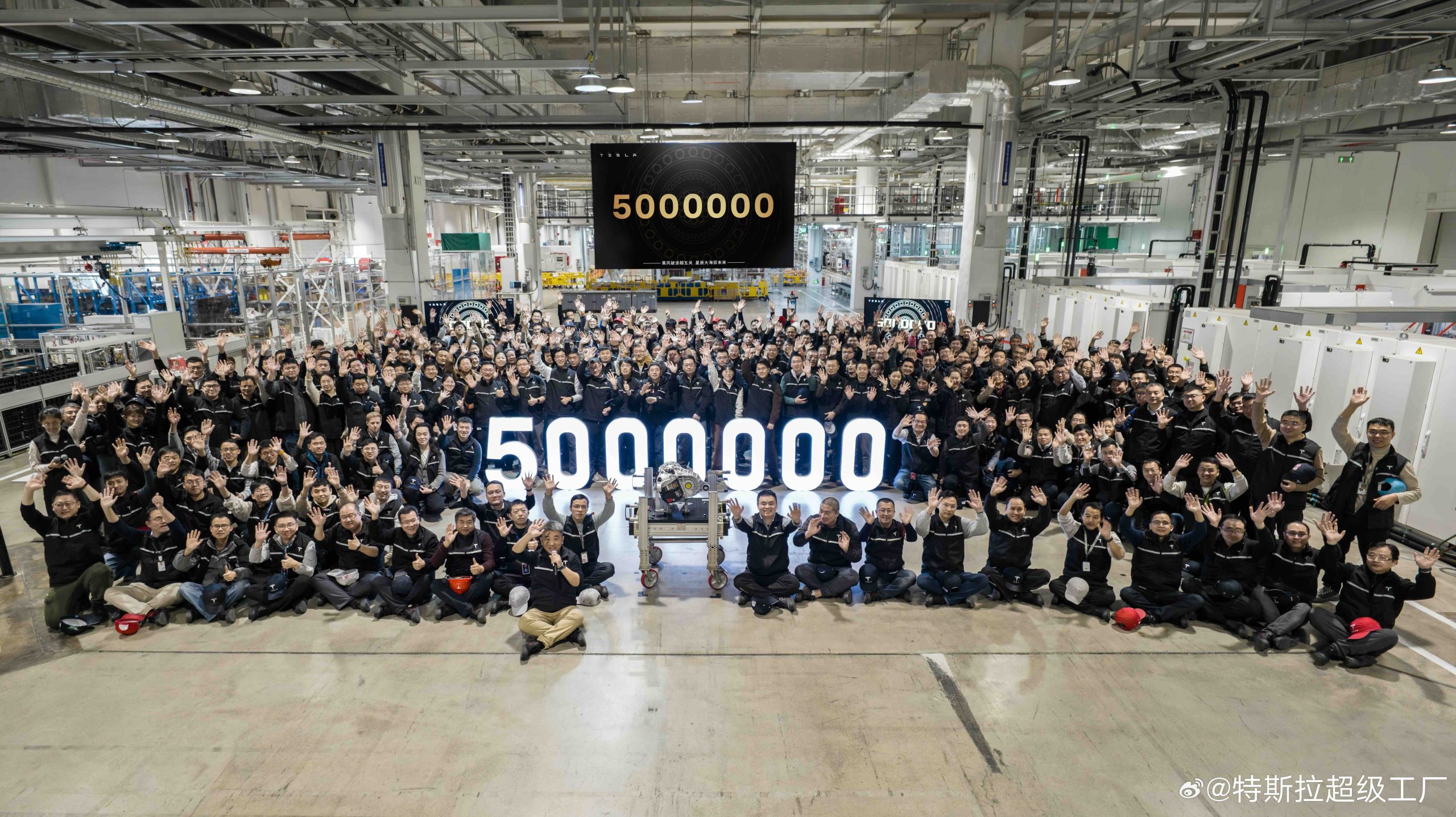
Tesla China has reached another manufacturing milestone at Gigafactory Shanghai, rolling out the facility’s 5 millionth locally produced drive unit.
The milestone was celebrated by the company in a post on its official Weibo account. In its post, the Giga Shanghai team could be seen posing with the 5 millionth drive unit.
Giga Shanghai’s major benchmark
The milestone drive unit was produced at Gigafactory Shanghai, which produces the Model Y and the Model 3. In a release, Tesla China noted that its three-in-one integrated electric drive system combines the motor, gearbox, and inverter into a single compact assembly. This forms a powerful “heart” for the company’s electric cars.
Tesla China also noted that its drive units’ integrated design improves energy conversion efficiency while reducing overall weight and complexity, benefits that translate into stronger performance, improved handling, and longer service life for its vehicles.
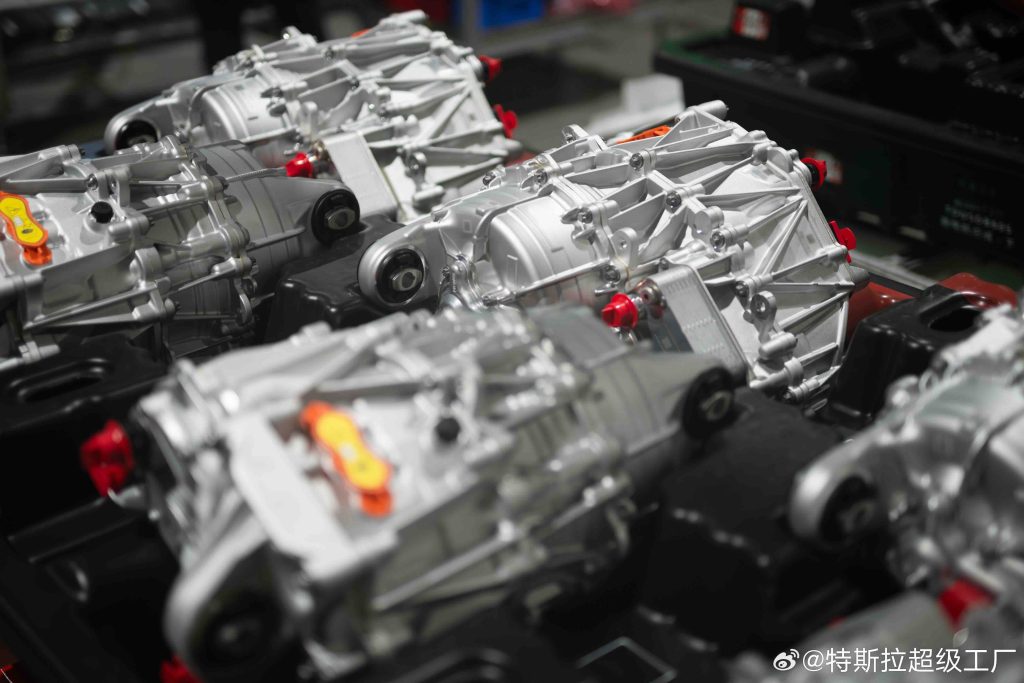
The new milestone builds on earlier achievements at the same site. In July 2024, Tesla announced that its 10 millionth electric drive system globally had rolled off the line at the Shanghai plant, making it the first self-produced Tesla component to reach that volume.
More recently, the factory also produced its 4 millionth China-made vehicle, a Model Y L. The factory has also continued hitting global production milestones, rolling out Tesla’s 9 millionth EV worldwide late last year, with the landmark vehicle being a Tesla Model Y.
Tesla China’s role
Construction of Giga Shanghai began in January 2019, with production starting by the end of that year. This made it the first wholly foreign-owned automotive manufacturing project in China. The facility began delivering Model 3 vehicles locally in early 2020 and added Model Y production in 2021. The plant is now capable of producing about 1 million vehicles annually.
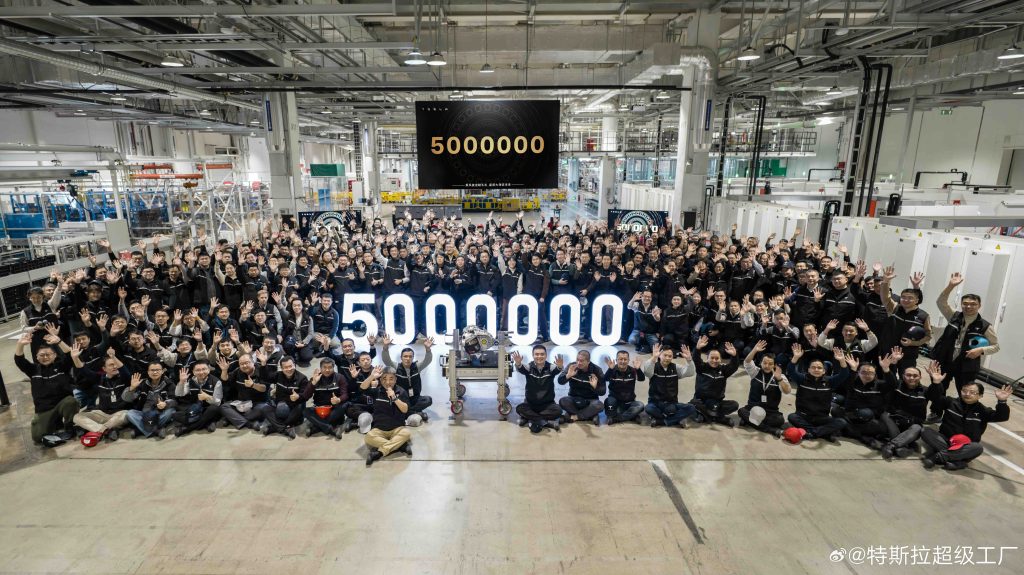
Throughout 2025, Giga Shanghai delivered 851,732 vehicles, representing a 7.08% year-on-year decline, according to data compiled by CNEVPost. Even so, recent months showed renewed momentum.
In December alone, Tesla China recorded wholesale sales of 97,171 vehicles, including domestic deliveries and exports, making it the company’s second-best monthly total on record, per data from the China Passenger Car Association. Retail sales during December reached roughly 94,000 units, up about 13% year over year.








